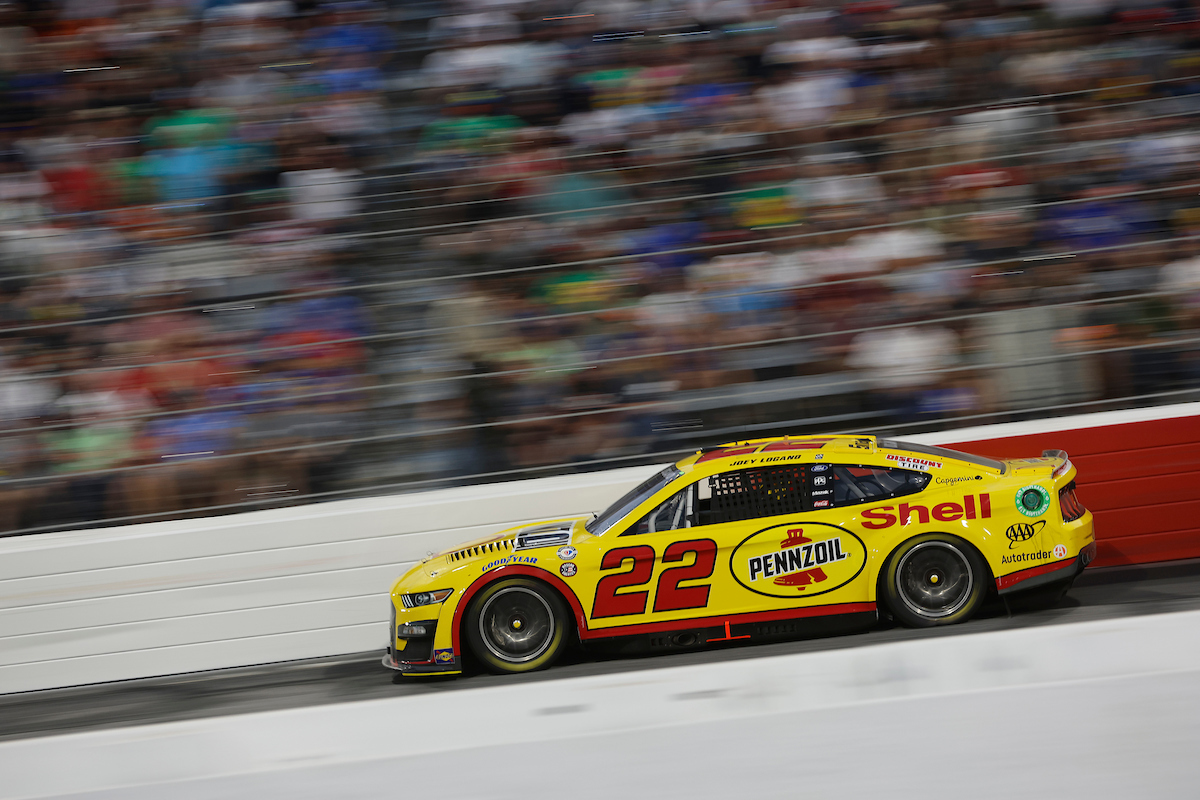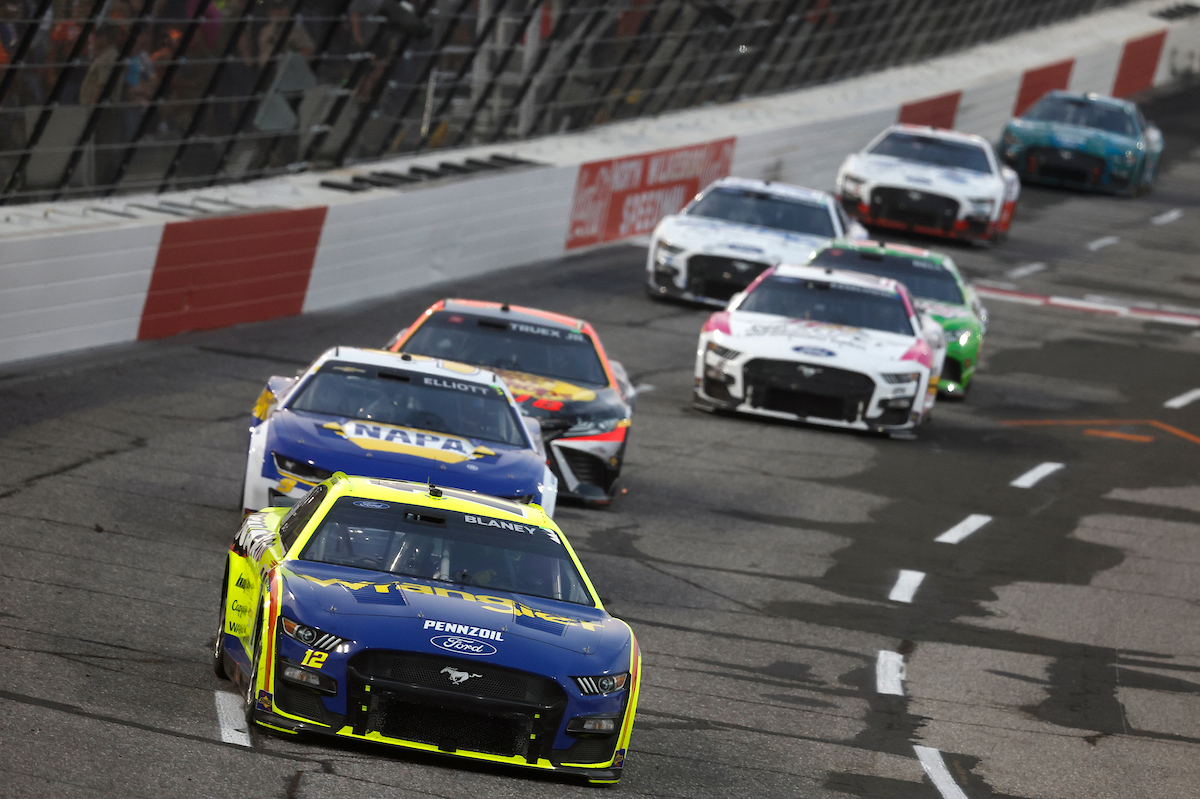How Fast Do Nascar Cars Go?
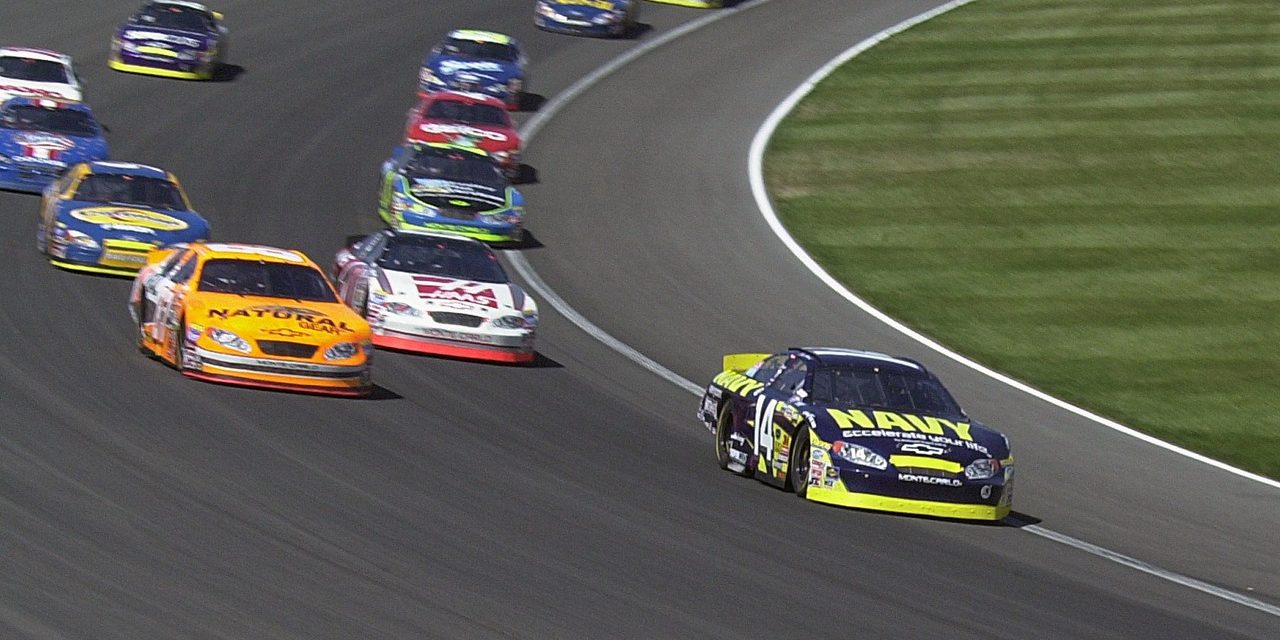
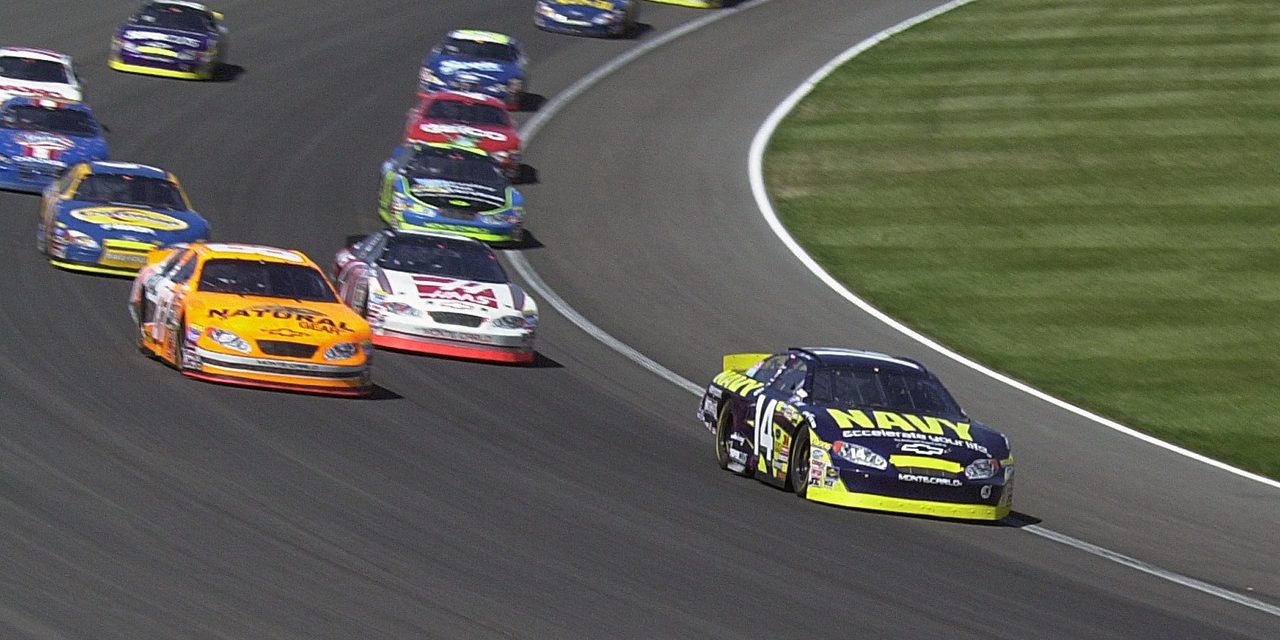
So, how fast do NASCAR cars go? The answer is that it depends on the type of track the race is being held on. On superspeedways, such as the Daytona International Speedway, NASCAR cars can reach speeds of up to 200 mph. On intermediate tracks, which are slightly shorter than superspeedways, speeds can range from 175 mph to 190 mph. On short tracks, which are the smallest type of track used in NASCAR, speeds are generally slower and can range from 125 mph to 145 mph.
Factors that can impact a NASCAR car’s speed include the type of engine, aerodynamics, and tire grip. In addition to speed, safety is also a top priority in NASCAR, and measures such as caution flags and medical personnel are in place to protect drivers.
Table of Contents
Key Features and Specifications of NASCAR Racing Cars
- Reinforced Roll Cages: NASCAR cars are equipped with reinforced roll cages. These structures are crucial for enhancing driver safety in case of accidents. The roll cages are made of thick steel tubing, designed to maintain the integrity of the car’s frame and protect the driver during impacts.
- High-Performance Engines: At the heart of a NASCAR car is a formidable V8 engine. These engines are capable of generating over 750 horsepower. They are naturally aspirated and do not rely on turbochargers or superchargers. The large engine size, typically 358 cubic inches (5.87 liters), contributes significantly to the car’s power and speed.
- Aerodynamics: NASCAR vehicles undergo meticulous aerodynamic optimization. This includes designing sleek bodies for minimal air resistance, allowing the cars to cut through the air efficiently. The rear spoiler is another critical aerodynamic element, generating downforce to keep the car stable at high speeds.
- Adjustable Suspension: The suspension systems in NASCAR cars are adjustable. This feature allows teams to fine-tune the car’s handling characteristics for each race, adapting to different track conditions and optimizing performance.
- Tire Grip and Handling: Tire grip and handling are paramount in NASCAR, given the high speeds and need for precise control. The tires used are specially designed for racing, with compounds selected to provide the right balance of grip and durability. Teams also adjust camber (the tilt of the tires) and tire pressure to optimize grip and handling during races.
- Safety Innovations: NASCAR has introduced several safety innovations over the years. The Head and Neck Support (HANS) device is one such innovation, reducing the risk of head and neck injuries during crashes. Additionally, Steel and Foam Energy Reduction (SAFER) barriers line the track walls, absorbing impact energy to minimize driver injury.
- Driver Training and Skill: Beyond the car specifications, the skill and training of NASCAR drivers are crucial. They undergo rigorous training to handle the incredible speeds and intense competition. Skills such as drafting, precise control, and situational awareness are honed to perfection, ensuring that drivers can safely navigate the high-speed racing environment.
These specifications and features collectively contribute to the high-performance capabilities of NASCAR cars, enabling them to achieve remarkable speeds while ensuring driver safety.
NASCAR Speeds: Comparing Qualifying Rounds and Race Performance
In the exhilarating world of NASCAR racing, understanding the difference between qualifying speeds and race speeds is crucial for both fans and participants. This distinction not only highlights the strategic depth of the sport but also showcases the adaptability and skill of the drivers and their teams.
Qualifying Speeds: The Pursuit of Pole Position
Qualifying rounds in NASCAR are all about achieving the fastest possible lap time. During these sessions, drivers push their cars to the absolute limit, often reaching the peak performance of their vehicles. The primary goal is to secure a favorable starting position for the race, known as the ‘pole position.’
- Single-Lap Focus: Unlike the race, where drivers must maintain speed over many laps, qualifying is typically about one blistering lap. Without the need to conserve tires or fuel for a long run, drivers can exploit the full potential of their cars.
- Optimized Car Setup: Teams often set up the car specifically for this high-speed lap. Adjustments might be made to aerodynamics, engine tuning, and suspension to maximize speed, often at the expense of long-term durability and fuel efficiency.
- Psychological Advantage: Securing a top position in qualifying can provide a psychological edge, placing a driver at the front of the grid and potentially leading to a cleaner start away from the pack. This can reduce the risk of early incidents and allow the driver to set the pace of the race.
- Record Speeds: Qualifying speeds can be notably higher than race speeds. It’s not uncommon to see NASCAR vehicles exceeding their average race speeds by a significant margin during these rounds.
Race Speeds: Balancing Speed with Endurance
Race speeds in NASCAR, while still impressively fast, are generally lower than qualifying speeds. This difference is attributed to the various factors that come into play during a race.
- Endurance and Strategy: Races require drivers to balance speed with the need to conserve their cars for the entire duration. This includes managing tire wear, fuel consumption, and avoiding mechanical stress that could lead to failures.
- Traffic and Drafting: Unlike the solitary lap of qualifying, races involve navigating through traffic and strategically using drafting (following closely behind another car to reduce air resistance). These factors require drivers to adapt their speeds for optimal positioning and overtaking.
- Adapting to Conditions: Unlike the controlled environment of qualifying, race conditions can change rapidly due to weather, track surface, and the evolving strategies of competitors. Teams must be adept at adjusting their approach, whether it’s changing tire strategies in response to unexpected wear or adapting to the handling characteristics of the car as fuel loads decrease.
- Safety and Caution Periods: Races often include periods where drivers must slow down for safety cars (caution periods), which can significantly affect the average speed of the race.
While qualifying rounds in NASCAR showcase the raw speed and power of the cars, the actual races reflect a more complex blend of speed, strategy, and endurance. Understanding this dynamic offers a deeper appreciation of the skills and tactics employed by NASCAR teams and drivers.
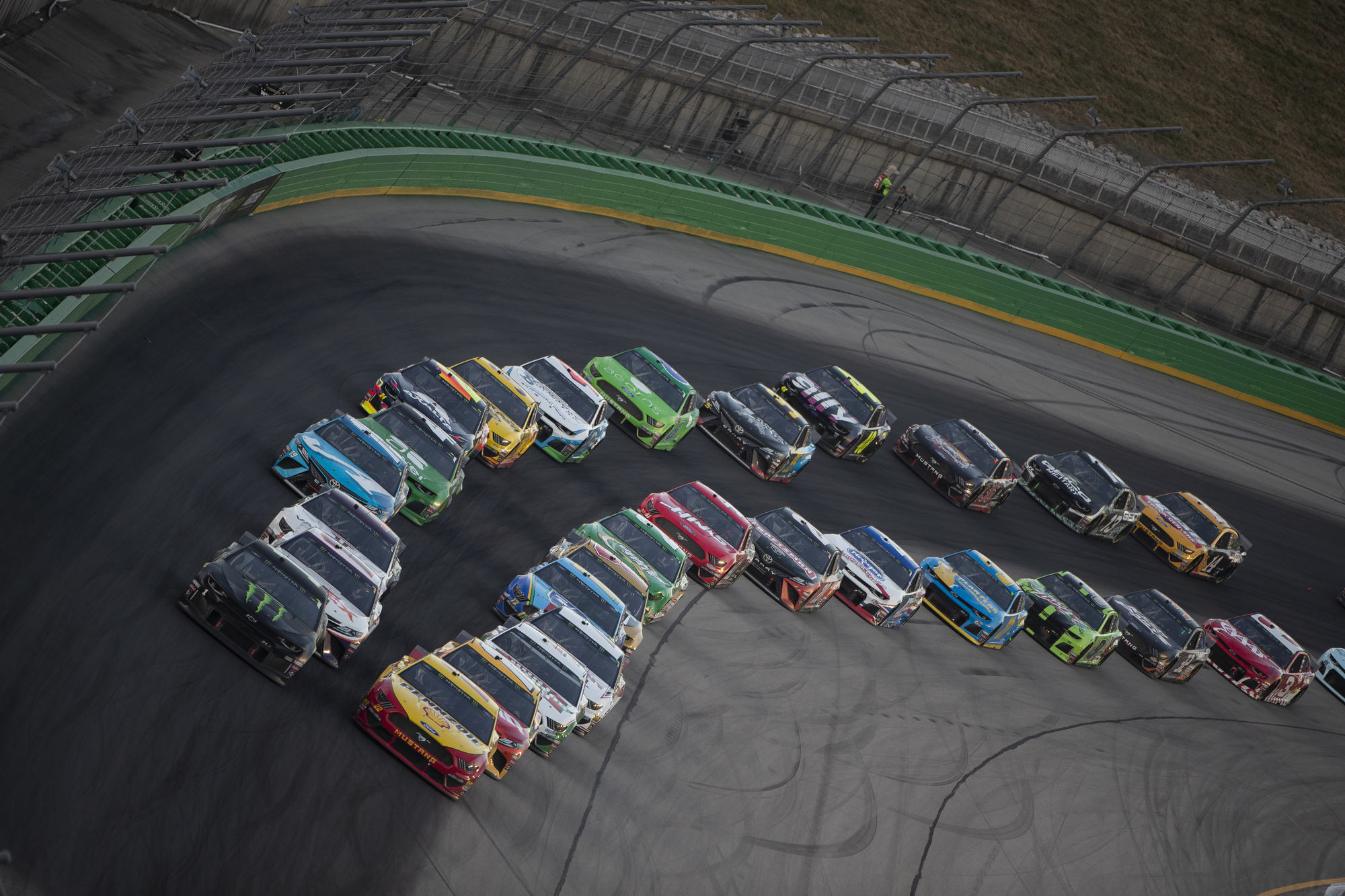
The speed of NASCAR cars on different tracks
The speed of NASCAR cars can vary depending on the type of track the race is being held on. There are three main types of tracks used in NASCAR: superspeedways, intermediate tracks, and short tracks.
A. Superspeedways
Superspeedways, such as the Daytona International Speedway and the Talladega Superspeedway, are the longest and fastest tracks used in NASCAR. These tracks are typically 2.5 miles or longer and feature long straightaways and high-banked turns. On superspeedways, NASCAR cars can reach speeds of up to 200 mph.
B. Intermediate tracks
Intermediate tracks, also known as “mile-and-a-half” tracks, are slightly shorter than superspeedways and range in length from 1.5 to 2 miles. These tracks have a combination of straightaways and turns of various degrees of banking. Speeds on intermediate tracks can range from 175 mph to 190 mph.
C. Short tracks
Short tracks, also known as “bullrings,” are the smallest type of track used in NASCAR and are typically less than 1 mile in length. These tracks have tight turns and shorter straightaways, which results in slower speeds compared to superspeedways and intermediate tracks. Speeds on short tracks can range from 125 mph to 145 mph.
Factors that affect a NASCAR car’s speed
There are several factors that can impact a NASCAR car’s speed, including the type of engine, aerodynamics, and tire grip.
A. Type of engine
NASCAR cars are powered by V8 engines that produce over 750 horsepower. The type of engine used can affect the speed of the car. NASCAR has rules in place that regulate the size and type of engines that can be used in order to ensure a level playing field for all teams.
B. Aerodynamics
The shape and design of a NASCAR car’s body can also affect its speed. A car with good aerodynamics will be more streamlined and able to cut through the air more efficiently, resulting in higher speeds. Teams spend a lot of time and resources testing and refining the aerodynamics of their cars to maximize speed.
C. Tire grip
The grip of a NASCAR car’s tires is also important for achieving high speeds. Good tire grip allows a car to turn and corner more effectively, which can result in faster lap times. The type and condition of the tires can affect grip, and teams carefully select and maintain their tires to ensure optimal performance.
Records and notable speeds achieved by NASCAR cars
NASCAR cars have achieved some impressive speeds over the years. The fastest recorded speed in a NASCAR race is 228.648 mph, which was set by Bill Elliott at the Talladega Superspeedway in 1987. This speed earned Elliott the nickname “Million Dollar Bill” and the record has stood for over three decades. In addition to this record, there have been several other instances of NASCAR cars reaching speeds over 200 mph.
The safety measures in place to protect drivers at high speeds
Ensuring the safety of drivers is a top priority in NASCAR, and there are a number of measures in place to protect drivers at high speeds. These measures include the safety features of the cars themselves, safety protocols followed by NASCAR, and initiatives or technologies being developed to improve driver safety.
A. Safety features of the cars
NASCAR cars are designed with a number of safety features to protect drivers in the event of a crash or other incident. These features include:
- Roll cage: The roll cage is a cage-like structure that surrounds the driver and is made of thick steel tubing. The roll cage helps to protect the driver from impact and keep the car from collapsing in the event of a rollover.
- Seat belts: NASCAR cars are equipped with multiple seat belts to keep the driver securely in place. These seat belts are tested to ensure they can withstand the high G-forces experienced in a NASCAR race.
- Fire suppression system: NASCAR cars also have a fire suppression system to help prevent or extinguish fires in the event of a crash. The system includes a network of nozzles that can be activated by the driver or pit crew to spray a fire-suppressing agent onto the car.
B. Safety protocols followed by NASCAR
In addition to the safety features of the cars, NASCAR also has a number of protocols in place to ensure the safety of drivers. These protocols include:
- Caution flags: During a NASCAR race, a caution flag can be displayed to signal that there is an incident on the track or other issue that requires the cars to slow down. When a caution flag is displayed, all cars must line up behind the pace car and follow it around the track at a reduced speed until the issue has been resolved.
- Medical personnel: NASCAR races also have medical personnel on hand to provide immediate medical attention to drivers in the event of a crash or other incident. These medical professionals are trained to handle the unique challenges of providing medical care in a racing environment.
C. Initiatives and technologies being developed to improve driver safety
NASCAR is always looking for ways to improve driver safety, and there are a number of initiatives and technologies being developed to do so. These include:
- Safer barriers: NASCAR has been working on developing safer barriers that can be placed around the track to help protect drivers in the event of a crash. These barriers are designed to absorb and dissipate the energy of an impact, reducing the risk of injury to the driver.
- Advanced cockpit protection: NASCAR is also researching advanced cockpit protection systems that can be installed on the cars to provide an additional layer of protection for the driver. These systems include things like energy-absorbing materials and canopy-like structures that can be deployed in the event of a crash.
- Head and neck restraints: NASCAR has implemented the use of head and neck restraints, such as the HANS device, to help reduce the risk of head and neck injuries in the event of a crash. These devices are designed to keep the head and neck stable and limit their movement during an impact.
Overall, NASCAR takes the safety of its drivers very seriously and has a number of measures in place to protect them at high speeds. From the safety features of the cars themselves, to the protocols followed by NASCAR and the initiatives and technologies being developed to improve driver safety, there are many ways in which NASCAR is working to keep its drivers safe on the track.
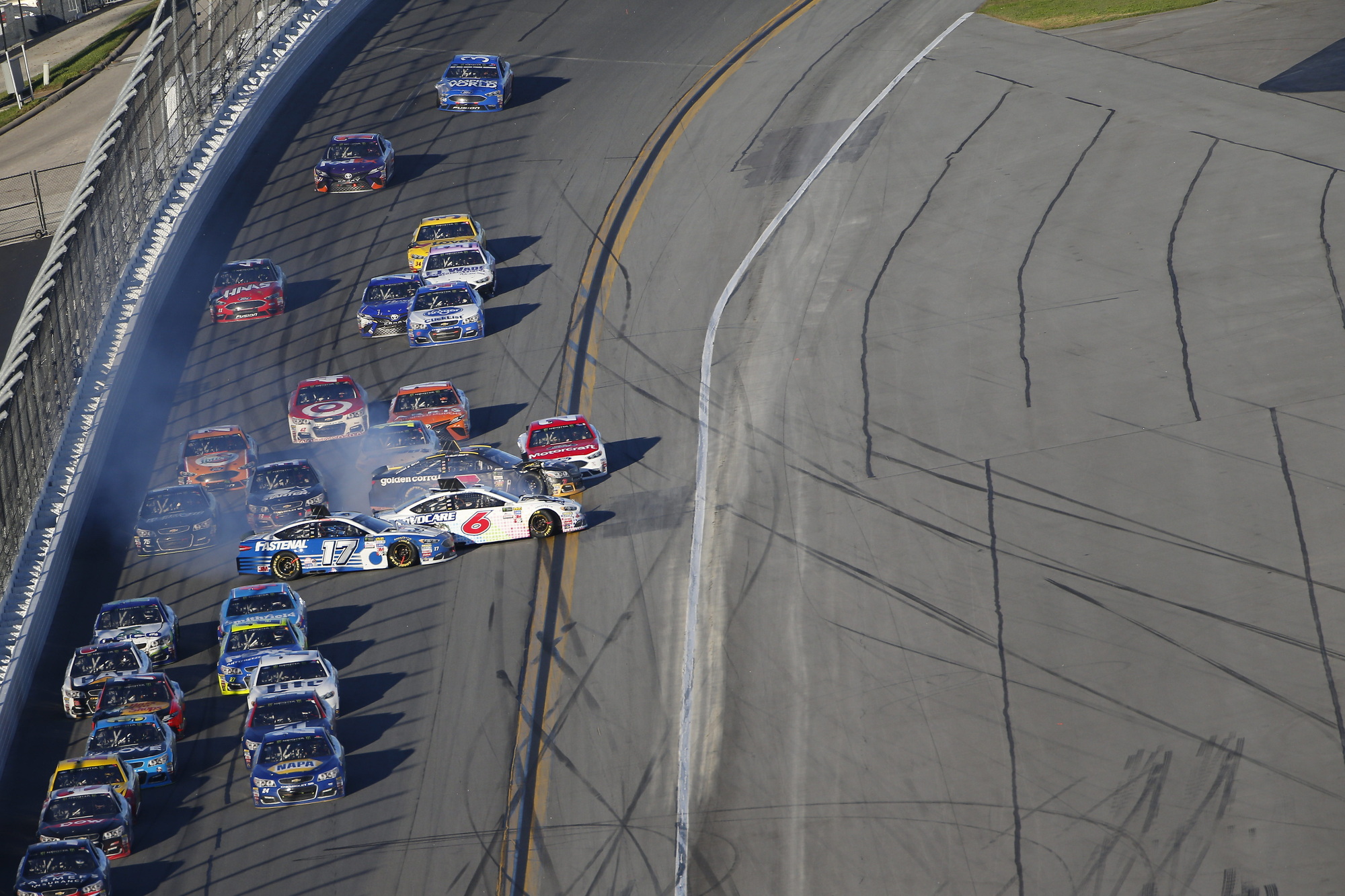
NASCAR vs. F1 and IndyCar: A Comparative Analysis of Top Motorsports
The world of motorsports is diverse and exhilarating, with NASCAR, Formula 1 (F1), and IndyCar being among the most popular and competitive racing series. Each of these motorsports has unique characteristics, rules, and appeals, making them distinct yet equally captivating.
NASCAR: The Thrill of Stock Car Racing
- Car Design: NASCAR vehicles are based on production models, heavily modified for racing. They are larger, heavier, and have a more robust build compared to F1 and IndyCar.
- Tracks: Primarily raced on oval tracks, which emphasize high speeds and car stability over long distances.
- Racing Style: Known for close-quarter racing, drafting, and frequent overtaking, leading to a unique strategic dynamic.
- Speeds: While not reaching the top speeds of F1 or IndyCar, NASCAR races are characterized by consistent high speeds in tight packs.
Formula 1: The Pinnacle of Automotive Technology
- Car Design: F1 cars are at the forefront of automotive technology, designed for aerodynamic efficiency and agility. They are lighter and more aerodynamically advanced than NASCAR cars.
- Tracks: Races on varied circuits, including street and road courses, requiring a high degree of technical skill and precision.
- Racing Style: F1 emphasizes technological innovation, driver skill, and strategic use of pit stops. The focus is on precision and the ability to handle complex tracks.
- Speeds: F1 cars generally achieve higher top speeds and faster acceleration than NASCAR, especially on straight sections and tight corners.
IndyCar: A Blend of Speed and Versatility
- Car Design: IndyCar vehicles are similar to F1 in their lightweight and aerodynamic design but are more standardized across teams.
- Tracks: Competes on a mix of oval tracks, road courses, and street circuits, requiring adaptability from both cars and drivers.
- Racing Style: Known for high-speed oval racing and technical road course challenges, IndyCar demands versatility and quick adaptation from its drivers.
- Speeds: On oval tracks, IndyCar can reach higher top speeds than NASCAR, but on road and street circuits, the speeds are more comparable to F1.
Key Differences and Similarities
- Technology and Innovation: F1 leads in technological advancements, while NASCAR focuses more on driver skill and car robustness.
- Track Diversity: IndyCar offers the most diverse range of tracks, challenging drivers in multiple racing environments.
- Fan Experience: NASCAR is renowned for its fan-friendly atmosphere and close racing, while F1 and IndyCar are celebrated for their technical sophistication and international appeal.
In summary, while NASCAR, F1, and IndyCar all fall under the umbrella of motorsports, each offers a unique racing experience. NASCAR thrives on high-speed, close-quarter racing, F1 showcases the pinnacle of automotive technology and precision, and IndyCar presents a blend of speed and versatility across various tracks.
How fast do NASCAR cars go? – Key Takeaways
In conclusion, NASCAR is a popular motorsport known for its high-speed races and skilled drivers. The speed of NASCAR cars can vary depending on the type of track the race is being held on, with speeds ranging from 125 mph to 200 mph. There are several factors that can impact a NASCAR car’s speed, including the type of engine, aerodynamics, and tire grip. NASCAR has a number of measures in place to ensure the safety of its drivers at high speeds, including the safety features of the cars, protocols followed by the organization, and initiatives and technologies being developed to improve driver safety. Some key takeaways include:
- NASCAR cars can reach speeds of up to 200 mph on superspeedways, 175 mph to 190 mph on intermediate tracks, and 125 mph to 145 mph on short tracks.
- The type of engine, aerodynamics, and tire grip can all affect a NASCAR car’s speed.
- NASCAR has safety measures such as caution flags and medical personnel in place to protect drivers.
- The organization is constantly working to improve driver safety through initiatives and technologies such as safer barriers, advanced cockpit protection, and head and neck restraints.
- The fastest recorded speed in a NASCAR race is 228.648 mph, which was set by Bill Elliott at the Talladega Superspeedway in 1987.
- NASCAR has a long history of prioritizing driver safety, and has implemented many measures over the years to protect drivers on the track.
- In addition to the safety measures in place during races, NASCAR also has a number of programs in place to educate drivers on safety and promote safety in the sport, such as the NASCAR Safety Crew and the NASCAR Institute for Safety Research.
- Despite the inherent risks of high-speed racing, NASCAR has a strong track record of driver safety and continues to work to make the sport as safe as possible for its drivers.
How fast do NASCAR cars go? – FAQs
How fast do NASCAR cars go?
The speed of NASCAR cars can vary depending on the type of track the race is being held on. On superspeedways, such as the Daytona International Speedway, NASCAR cars can reach speeds of up to 200 mph. On intermediate tracks, which are slightly shorter than superspeedways, speeds can range from 175 mph to 190 mph. On short tracks, which are the smallest type of track used in NASCAR, speeds are generally slower and can range from 125 mph to 145 mph.
What factors affect a NASCAR car’s speed?
There are several factors that can impact a NASCAR car’s speed, including the type of engine, aerodynamics, and tire grip. The type of engine used can affect the speed of the car, and NASCAR has rules in place that regulate the size and type of engines that can be used. The shape and design of a NASCAR car’s body, or its aerodynamics, can also affect its speed. A car with good aerodynamics will be more streamlined and able to cut through the air more efficiently, resulting in higher speeds. The grip of a NASCAR car’s tires is also important for achieving high speeds. Good tire grip allows a car to turn and corner more effectively, which can result in faster lap times.
What is the fastest recorded speed in a NASCAR race?
The fastest recorded speed in a NASCAR race is 228.648 mph, which was set by Bill Elliott at the Talladega Superspeedway in 1987. This speed earned Elliott the nickname “Million Dollar Bill” and the record has stood for over three decades.
What safety measures are in place to protect drivers in NASCAR?
NASCAR has a number of measures in place to ensure the safety of its drivers at high speeds. These measures include the safety features of the cars themselves, such as the roll cage, seat belts, and fire suppression system. NASCAR also has protocols in place, such as the use of caution flags and the presence of medical personnel at races, to help protect drivers. In addition, NASCAR is constantly working to improve driver safety through initiatives and technologies such as safer barriers, advanced cockpit protection, and head and neck restraints.







